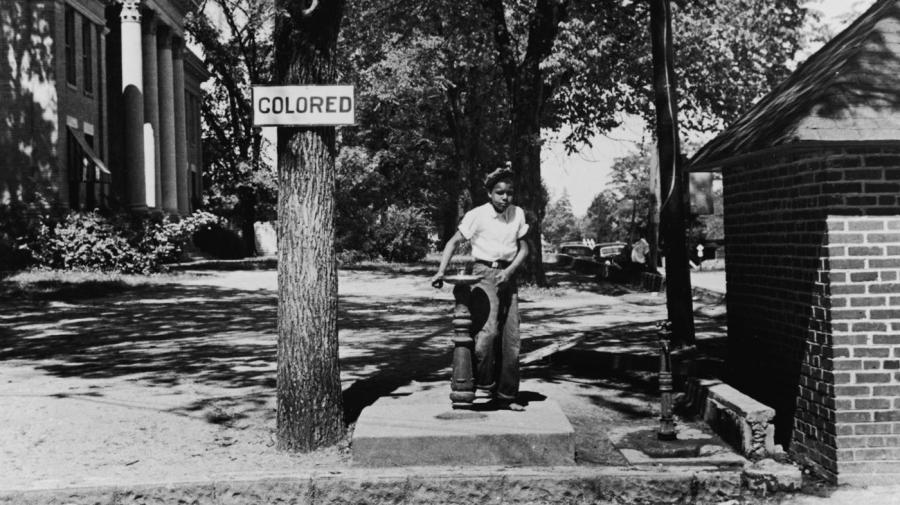What Caused Segregation?

After the Civil War, the 13th, 14th and 15th amendments gave former slaves new rights as citizens, but states quickly passed laws to prevent African Americans from gaining the same access to business opportunities, transportation and other facets of society that whites enjoyed. In 1896, the Plessy vs. Ferguson case legalized this practice as long as former slaves were given “separate but equal” facilities.
The Reconstruction Amendments outlawed slavery and gave former slaves citizenship and the right to vote, theoretically placing African Americans on an equal playing field with white citizens. However, former slave states and even some in the north quickly passed laws that re-tilted the playing field. Poll taxes, grandfather clauses and other mechanisms were used to prevent African Americans from voting, and separate schools, train cars, restaurants, lodgings and other businesses were set up to prevent the races from intermingling. Though the Plessy case requiring those separate facilities to be of equivalent quality, this almost never happened. African Americans were forced to get by with substandard or, sometimes, nonexistent facilities.
Segregation remained the custom of the land until the 1950s, when activists began to challenge the concept of “separate but equal” in an organized way. In 1955, Rosa Parks famously refused to move to a seat in the back of the bus in Montgomery, Ala., spurring the Montgomery Bus Boycott and the intense Civil Rights struggle that dominated the 1950s and 1960s.





